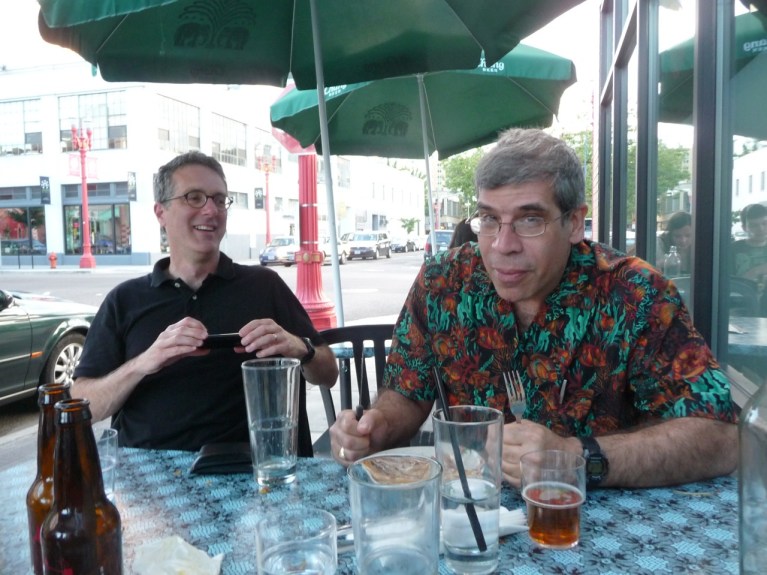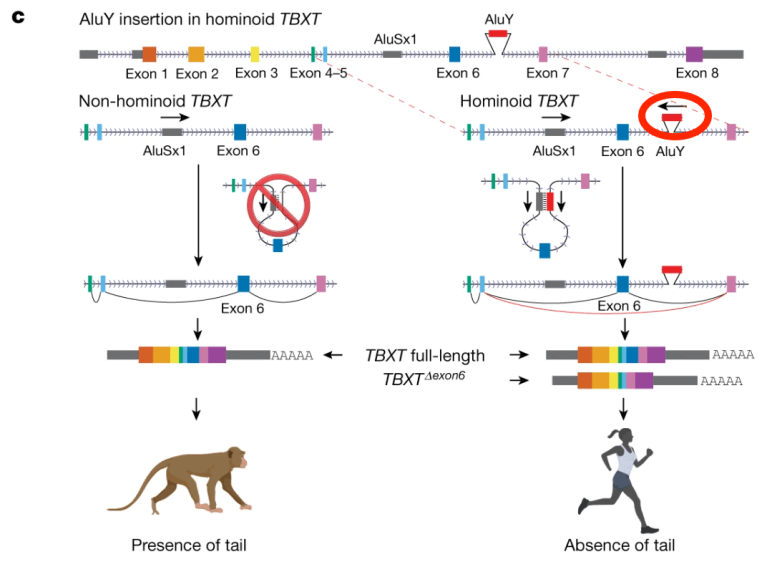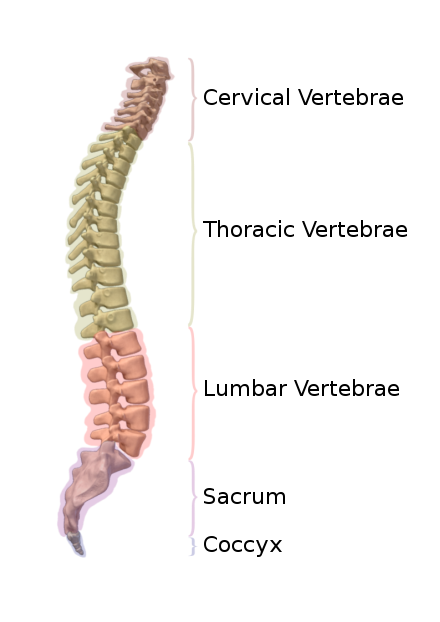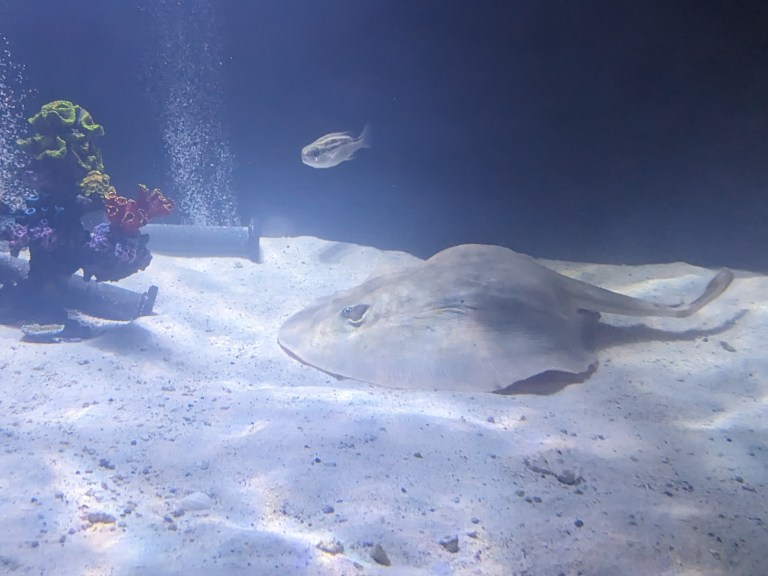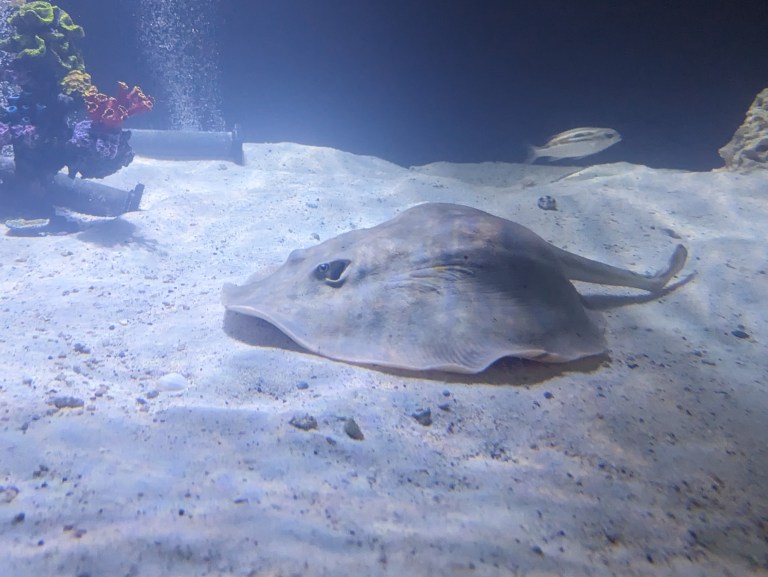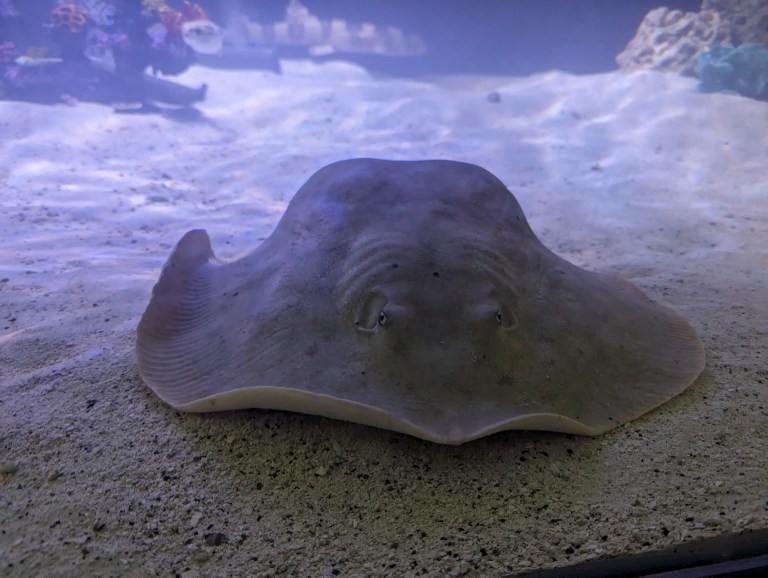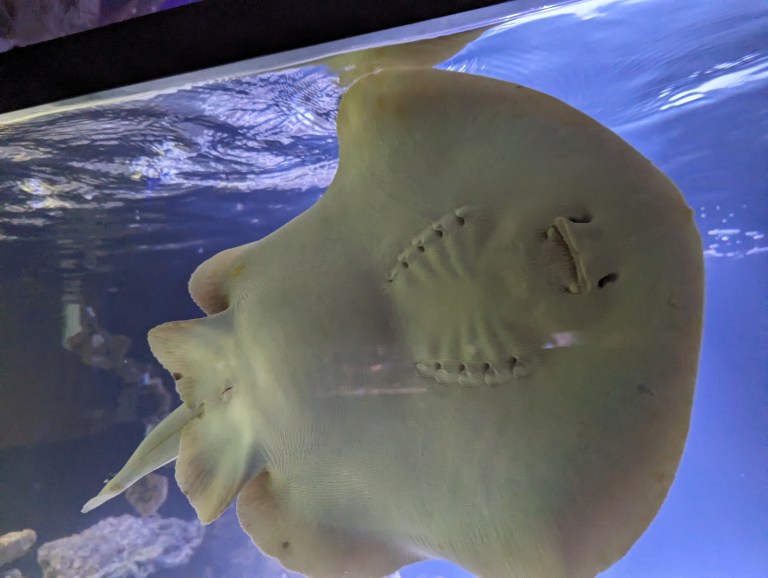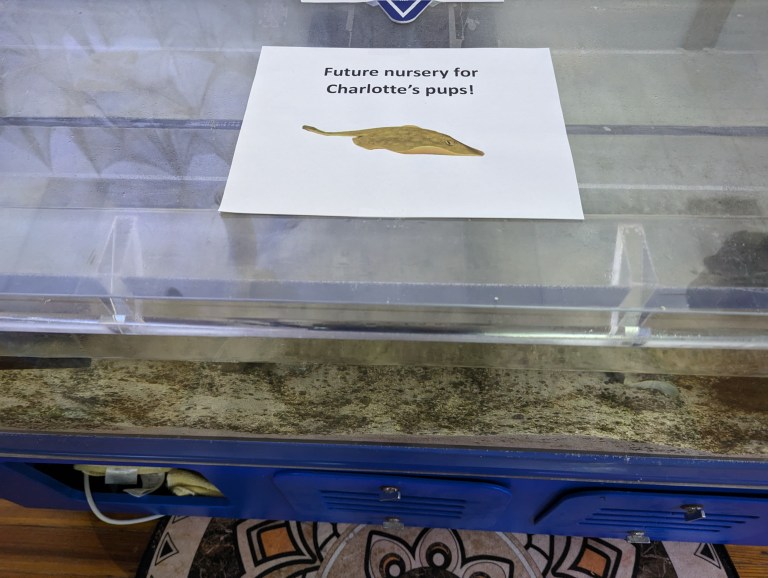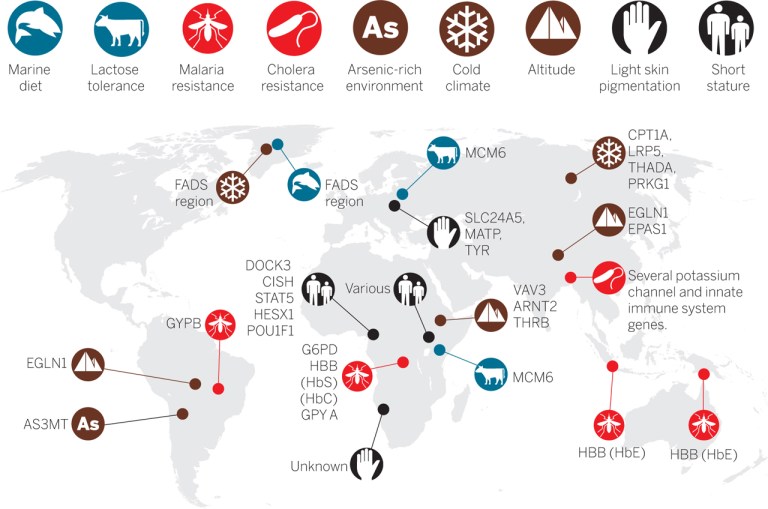This is one of the worst papers on genetics I’ve seen in the last 15 years, and although it’s from 2019, this same kind of palaver keeps coming around again and again, and in exactly the same form. And so when a reader sent me the link, I reacted instinctively. The laws of physics mandated that, like a starving leopard encountering an antelope, I must fall on it and rip it to pieces. So here goes. (Yes, Carole Hooven is right: males tend to have the killer instinct more than do females!)
The piece is intended not for professionals but for laypeople, and appeared in Nautilus, a quarterly magazine on science and its relationship to and implications for society. Founded by a big grant from the John Templeton Foundation, it does publish solid science articles, but sometimes the Foundation’s purpose (to find evidence of God in science) shines through. This occurs through promoting bizarre science, like panpsychism, or touting dubious reconciliations between religion and science. This paper falls into a third class: doing down “modern” genetics to imply that there’s something terribly wrong with our modern paradigm. (Evolution is a related and favorite target.)
The author, Ken Richardson, seems to have derived most of his genetics from fringe figures like Denis Noble and James Shapiro, with the result that the casual, non-geneticist reader will buy what these people are selling: genes are of only minor significance in both development and evolution.
Richardson is listed in the article as “formerly Senior Lecturer in Human Development at the Open University (U.K.). He is the author of Genes, Brains and Human Potential: The Science and Ideology of Intelligence.”
Read it by clicking below, or find the article archived here.
I was torn between ignoring this paper—for the author deserves no attention—or taking it apart. I decided on a compromise: to show some of the statements it makes that are either flat wrong or deeply misguided. Richardson’s quotes are indented, and my take is flush left. Here’s how he starts:
The preferred dogma started to appear in different versions in the 1920s. It was aptly summarized by renowned physicist Erwin Schrödinger in a famous lecture in Dublin in 1943. He told his audience that chromosomes “contain, in some kind of code-script, the entire pattern of the individual’s future development and of its functioning in the mature state.”
Around that image of the code a whole world order of rank and privilege soon became reinforced. These genes, we were told, come in different “strengths,” different permutations forming ranks that determine the worth of different “races” and of different classes in a class-structured society. A whole intelligence testing movement was built around that preconception, with the tests constructed accordingly.
The image fostered the eugenics and Nazi movements of the 1930s, with tragic consequences. Governments followed a famous 1938 United Kingdom education commission in decreeing that, “The facts of genetic inequality are something that we cannot escape,” and that, “different children … require types of education varying in certain important respects.”
The “strengths” and “permutations of genes” was not widely viewed as the underpinnings of different races. Yes, racial hierarchies were constructed based on supposed genetic constitution, but not the image of the “code script”. It was the claim that racial differences were inherited, regardless how inheritance worked—much less the unproved notion of “code script”—that buttressed the Nazis’ eugenics program. But somehow Richardson manages to connect the Nazis with the genetic code at the very beginning of his paper. But this is a minor quibble compared to what follows.
Richardson then uses what he sees as the disappointing performance of the GWAS (Genome-wide Association Studies) method (used to locate, from population surveys, regions of the genome responsible for various traits, which helps narrow down the location of “candidate genes”):
Now, in low-cost, highly mechanized procedures, the search has become even easier. The DNA components—the letters in the words—that can vary from person to person are called single nucleotide polymorphisms, or SNPs. The genetic search for our human definition boiled down to looking for statistical associations between such variations and differences in IQ, education, disease, or whatever.
For years, disappointment followed: Only a few extremely weak associations between SNPs and observable human characteristics could be found. Then another stroke of imagination. Why not just add the strongest weak associations together until a statistically significant association with individual differences is obtained? It is such “polygenic scores,” combining hundreds or thousands of SNPs, varying from person to person, and correlating (albeit weakly) with trait scores such as IQ or educational scores, that form the grounds for the vaulting claims we now witness.
Today, 1930s-style policy implications are being drawn once again. Proposals include gene-testing at birth for educational intervention, embryo selection for desired traits, identifying which classes or “races” are fitter than others, and so on. And clever marketizing now sees millions of people scampering to learn their genetic horoscopes in DNA self-testing kits.
So the hype now pouring out of the mass media is popularizing what has been lurking in the science all along: a gene-god as an entity with almost supernatural powers. Today it’s the gene that, in the words of the Anglican hymn, “makes us high and lowly and orders our estate.”
Although GWAS studies are hard and require big samples, and give genomic regions rather than genes there have been some notable successes in both medical genetics and agriculture, as one would expect in the past five years (see this Twitter thread for some examples). The implication throughout the paper is that the failure of GWAS to locate individual genes responsible for traits shows that the variation of genes themselves aren’t responsible for the variation in traits. There must be something else!
But that’s completely wrong. We already have a way to judge the influence of genetic variation on trait variation, and that is heritability analysis. Heritabilities (symbolized as h²) range between 0 and 1, and are a measure of the proportion of variation for a trait in a given population caused by the variation among the genes in that population (the rest is due to environmental variation, interactions between genes and environments, and other arcane factors). But the point is that heritabilities calculated from our earlier crude methods are nearly always higher than heritabilities estimated from GWAS analysis, simply because GWAS (but not h²) misses a lot of variable gene sites that have small effects, and isn’t good at detecting effects of rare alleles. But the more we use GWAS, the more variation we find, and, for well studied traits like height, heritabilities estimated from traditional methods are now converging with heritabilities estimated from GWAS.
And heritabilities of most traits, which are most extensively studied in humans, are often quite high. Have a look at this list, for example, which includes cognitive traits, behavioral traits, and physical traits. Most heritabilities range between 0.2 and 0.8, which means that for a typical trait, between 20% and 80% of the inter-individual variation in a population is due to variation of genes. When asked to guess the heritability of an unknown trait, I’d usually say, “well, probably about 50%”. That seems, for example, to be close to the heritability of IQ in a population.
This shows that genes are highly important in explaining human variation, just as they are variation in animals and plants. This phenomenon was well known ages ago. If genes weren’t important in variation, selective breeding of dogs, plants, pigeons, and so on would be almost useless. Here’s a famous quote from Darwin’s in The Origin:
“Breeders habitually speak of an animal’s organization as something quite plastic, which they can model almost as they please.”
If genes weren’t important in variation, animals (and plants, which of course have been bred out the wazoo) wouldn’t be so plastic. Ergo genetic variation is important in explaining the variation of organisms.
Despite this, Richardson makes the following statement, which would astound most geneticists:
. . . . it is now well known that a group of genetically identical individuals, reared in identical environments—as in pure-bred laboratory animals—do not become identical adults. Rather, they develop to exhibit the full range of bodily and functional variations found in normal, genetically-variable, groups. In a report in Science in 2013, Julia Fruend and colleagues observed this effect in differences in developing brain structures.
Full range? Really? Yes, there is still variation among clonal individuals raised in identical environments, but not nearly as much as among genetically variable individuals raised in different environments! Clonal populations show a heritability of zero (they have no genetic variation among them), so there is less phenotypic variation among the individuals. As for the Fruend paper, it shows plasticity of brain development, because of course learning is a form of adaptive plasticity that can change the brain. But that by no means says that genes aren’t an important source of variation.
I could go on and on about how Richardson claims that genes aren’t important, all the while showing that they are. Here’s a good example:
First, laboratory experiments have shown how living forms probably flourished as “molecular soups” long before genes existed. They self-organized, synthesized polymers (like RNA and DNA), adapted, and reproduced through interactions among hundreds of components. That means they followed “instructions” arising from relations between components, according to current conditions, with no overall controller: compositional information, as the geneticist Doron Lancet calls it.
In this perspective, the genes evolved later, as products of prior systems, not as the original designers and controllers of them. More likely as templates for components as and when needed: a kind of facility for “just in time” supply of parts needed on a recurring basis.
So what? There were primitive replicators first, which might as well be called genes, but the modern system of sophisticated gene action, often involving introns, splicing, transcription factors, and so on, is what we know about now, and what Richardson says about early organisms is irrelevant. But wait! There’s more!
Then it was slowly appreciated that we inherit just such dynamical systems from our parents, not only our genes. Eggs and sperm contain a vast variety of factors: enzymes and other proteins; amino acids; vitamins, minerals; fats; RNAs (nucleic acids other than DNA); hundreds of cell signalling factors; and other products of the parents’ genes, other than genes themselves.
Where does Richardson think that those enzymes and proteins come from, which are often used to manufacture vitamins and amino acids? Where do the cell signalling factors come from? They all come from genes! The “dynamical systems” that he touts so highly come largely from genes, and without genes we would have no organisms and no evolution. Yes, environmental factors are important in controlling the timing and action of genes, but often those “environmental factors”, like signals in different organs that lead to differential development, are themselves derived from genes. And the sequestration and use of externally derived chemicals, like some amino acids and vitamins, are also controlled by genes.
I can barely go on, and if I continue this would last forever. Just one or two more pieces of stupidity:
Accordingly, even single cells change their metabolic pathways, and the way they use their genes to suit those patterns. That is, they “learn,” and create instructions on the hoof. Genes are used as templates for making vital resources, of course. But directions and outcomes of the system are not controlled by genes. Like colonies of ants or bees, there are deeper dynamical laws at work in the development of forms and variations.
Some have likened the process to an orchestra without a conductor. Physiologist Denis Noble has described it as Dancing to the Tune of Life (the title of his recent book). It is most stunningly displayed in early development. Within hours, the fertilized egg becomes a ball of identical cells—all with the same genome, of course. But the cells are already talking to each other with storms of chemical signals. Through the statistical patterns within the storms, instructions are, again, created de novo. The cells, all with the same genes, multiply into hundreds of starkly different types, moving in a glorious ballet to find just the right places at the right times. That could not have been specified in the fixed linear strings of DNA.
My answer is “yes it could have, and it is”. Those “chemical systems” that cause an organism to develop come from genes, which have changed over evolutionary time in a way that leads to adaptations, including proper development. By and large, genes control development, particularly early development. Organisms with pretty much the same genes (members of the same species, for example) always turn out pretty much alike, with similar behaviors and appearances. Further, the more closely related species are, the more similar they tend to be. This reflects genetic similiarity, not some nebulous similarity in “dynamical systems,” whatever those are.
One more:
But it’s not so simple. Consider Mendel’s sweet peas. Some flowers were either purple or white, and patterns of inheritance seemed to reflect variation in a single “hereditary unit,” as mentioned above. It is not dependent on a single gene, however. The statistical relation obscures several streams of chemical synthesis of the dye (anthocyanin), controlled and regulated by the cell as a whole, including the products of many genes. A tiny alteration in one component (a “transcription factor”) disrupts this orchestration. In its absence the flower is white.
This is a good illustration of what Noble calls “passive causation.” A similar perspective applies to many “genetic diseases,” as well as what runs in families. But more evolved functions—and associated diseases—depend upon the vast regulatory networks mentioned above, and thousands of genes. Far from acting as single-minded executives, genes are typically flanked, on the DNA sequence, by a dozen or more “regulatory” sequences used by wider cell signals and their dynamics to control genetic transcription.
“Statistical relation”? What is described in peas is a direct causal relation: a mutation, acting through pathways, is responsible for changing flower color. If you flip a light switch, the light goes on. If you have the right mutation, the flower is white. What’s the big deal? Further, “transcription factors” are coded in the DNA; they are proteins that regulate the transcripotion of other genes: how those genes make messenger RNA.
And the ultimate dissing of genes:
We have reached peak gene, and passed it.
Finally, because GWAS studies aren’t yet developed to the point where they always can pick out important genes (remember, variation in most traits is due to variation in many genes, with the variants having small effects, and GWAS misses rare genes), Richardson says this:
The startling implication is that the gene as popularly conceived—a blueprint on a strand of DNA, determining development and its variations—does not really exist.
Well, as Dawkins has pointed out, genes are more like “recipes” than blueprints, but this isn’t what Richardson is saying here. What he is saying is that genes play at best only a small role in development. He is both wrong and muddled.
It is this kind of popular science that I most despise, because it dissimulates, misleads, and even fibs about the state of modern science. By misleading the public about genetics, it affects not only their understanding of science, but, when shown up to be nonsense, as I and other have done, erodes public trust in science.
If you want to read this piece, be my guest, but if you know anything about genetics, keep a big glass of Pepto-Bismol at hand.
h/t: the always helpful Luana









